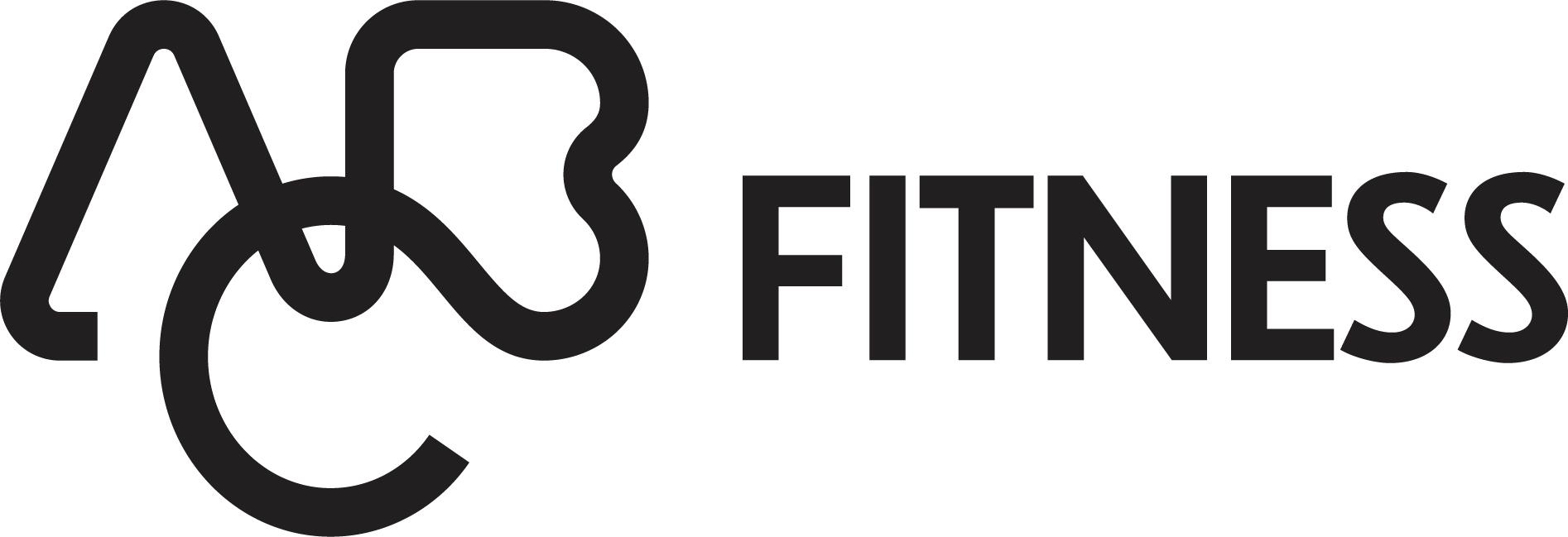Best Practices for Effective Gym SMS Marketing
In 2020, over 2.7 trillion Short Message Service (SMS) messages were sent to consumers, including marketing promotion, customer support, and transactional messages. SMS is becoming a popular communication platform because it’s quick and effective.
However, while keeping your club and services front of mind is important, it doesn’t mean you should send an SMS message for every bit of club information. Not only is this information overload, but it inevitably leads to recipients opting out or unsubscribing to all messages.
Continue reading to learn the best practices to abide by that will ensure fewer opt-outs and compliance.
Consent is King
Before sending the first SMS message, you must obtain agreement from the message recipient to communicate with them – also referred to as “consent”. It must be made clear to the prospect or member that they are agreeing to receive messages from your club. You will need to keep a record of consent, such as a copy of the document or form the message recipient signed or a date and timestamp of when the consumer completed a sign-up flow.
The initial message must be sent to the prospect or member within a reasonable period of time after receiving consent, or as set forth by local regulations. If the initial message isn’t sent, then consent may be voided and the message recipient must reconfirm consent. Consent applies only to your club and to the campaign or specific use case that the prospect or member has consented to.
There are three messaging use cases: Conversational, Informational, and Promotional.
1. Conversational
- Consumer initiated for the business to respond.
- Consent is limited only to this exchange.
2. Informational
- Consumer or business initiated and may be a one- or two-way conversation.
- Consent must be expressed, informed, and specific to this exchange.
3. Promotional
- Business initiated and is intended to be a one-way conversation.
- Consent must be express, informed, specific, and in writing.
To collect consent, you must include this list of effective opt-in language along with a privacy policy and terms and conditions somewhere on your site:
- An explanation of what they’re signing up for.
- A frequency statement that shares how many times you’ll text/email per month.
- A link to your terms and conditions and privacy policies.
- A note that message and data rates may apply (for SMS only).
- TCPA-compliant clear and conspicuous disclosures and express written consent for SMS only.
- A clean presentation with simple fields with space for a name, email, and phone number.
- Instructions on how to stop or unsubscribe.
Here is an example of a message to display:
By providing your phone number, you agree to receive text messages from [Gym Name]. Message and data rates may apply. Message frequency varies. You can opt out at any time by texting STOP, or HELP for any help [Link to Terms and Conditions and Privacy Policy].
Once you have consent, be sure to send a confirmation message containing information about what they have subscribed to:
- Confirmation of a successful subscription with your campaign’s purpose.
- Identifying your club and an approximate frequency of messages.
- Instructions on how to opt-out
- Information about data required by text messages and any charges that may be applicable.
- Terms and conditions as well as your club’s privacy policy; these can be included as links to not overwhelm the recipient with information.
- A keyword the recipient can text if they need more information regarding the campaign.
It’s good practice to reconfirm consent every 18 months.
How to Improve Your Member Communication
When creating your messages, be sure to include certain content to ensure the recipient doesn’t consider it spam and quickly opt-out.
- Identify your club as the sender. Every message should show you as the sender except in follow-up messages of an ongoing conversation.
- Focus on the user’s experience. Make sure the message is relevant to the recipient. For example, don’t include members in messages you would send to a prospective member. This may increase your opt-outs or your messages being reported as spam.
- Be intentional with the language in your links. Avoid language that looks like spam in your links. Recipients are cautious unless they trust the sender so if sending a link in your first message, don’t risk losing potential members by using language that makes the recipient suspicious.
- Include opt-out language. Provide instructions on how the recipient can opt-out of your messages using STOP, Unsubscribe, or the equivalent. IGNITE Sales will automatically include opt-out language in messages.
- Keep it brief. The industry standard for SMS segments is 160 characters. This includes your club name, message content, links, and opt-out language. If a message exceeds this limit, it is segmented into multiple messages and additional carrier rates will apply.
DID YOU KNOW…
Ignite Engagement will automatically include the name of your club in the message to identify the sender? It will also automatically include opt-out language in messages.
Texting Compliance
By following these best practices, you can create impactful SMS marketing campaigns for your current (and prospective) members. However, it’s important to be mindful of the Federal Communications Commission (FCC) laws used to regulate SMS marketing and the consequences.
First is the Telephone Consumer Protection Act (TCPA) of 1991. TCPA regulates telemarketing by restricting businesses from contacting consumers without prior consent. Updated in 2013, this now includes SMS marketing. Businesses must ask consumers for permission, in writing, to send them commercial text messages, inform how often the consumers will receive text messages including potential carrier costs and fees, and provide consumers an option to opt-out of SMS communications.
The second law is Controlling the Assault of Non-Solicited Pornography and Marketing Act (CAN-SPAM) of 2003. This act is a supplement to the TCPA to regulate email spam, ban false or misleading header information, and prohibit deceptive subject lines. The focus of this act is on email, but it can apply to SMS sent via internet-to-phone SMS technology.
Violations can result in fines of $500 – $1500 per unsolicited text message. In addition to the FCC, the Cellular Telecommunications Industry Association (CTIA) and the Mobile Marketing Association (MMA) monitor SMS marketing for violations and help businesses adhere to best practices.
Gym SMS Marketing Best Practices Lead to Low Opt-Outs
Reaching out to your members and prospective members has its challenges but following the best practices outlined here can result in successful messaging campaigns with few opt-outs.
One of the benefits of IGNITE Sales is the ease with which you can communicate with your members and prospective members via SMS text messaging. Request a demo today and learn how ABC Fitness can help you take your gym membership management to the next level.


